Optimal Timing for Fire Restorations
Understanding the optimal time for fire restorations is crucial for effective recovery. The best period typically depends on weather conditions, fire severity, and availability of resources. Generally, fire restoration efforts are most effective during the late spring to early fall when environmental conditions are favorable for cleanup and rebuilding activities.
Spring and early summer are ideal for fire restorations due to milder weather and longer daylight hours, facilitating thorough cleanup and rebuilding.
Restorations should commence once the fire has been fully contained and the area is safe for workers and equipment.
Avoid restoration during heavy rain or snow, which can hinder progress and cause additional damage to affected structures.
Scheduling during periods of higher resource availability ensures timely and efficient restoration efforts.
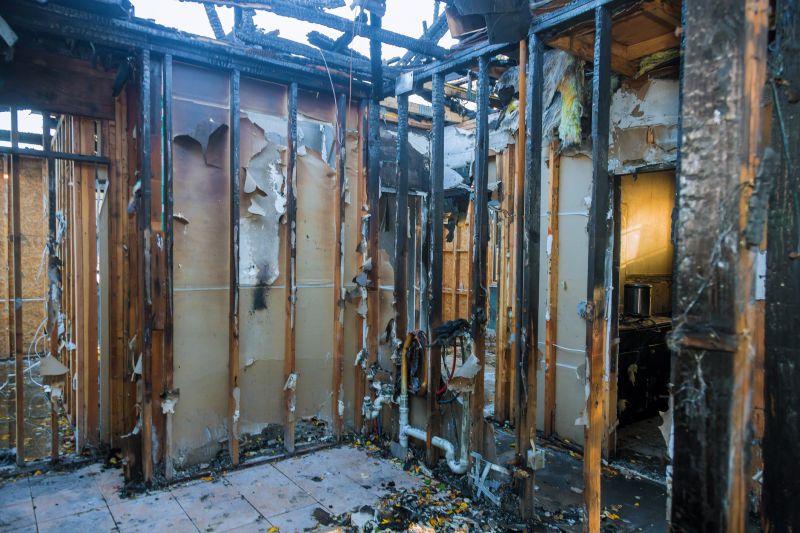
Ways to make Fire Restorations work in tight or awkward layouts.
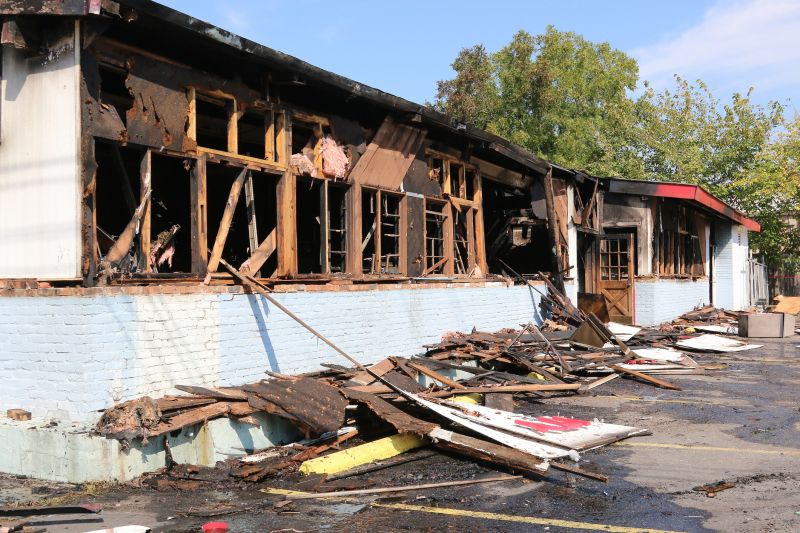
Popular materials for Fire Restorations and why they hold up over time.

Simple add-ons that improve Fire Restorations without blowing the budget.
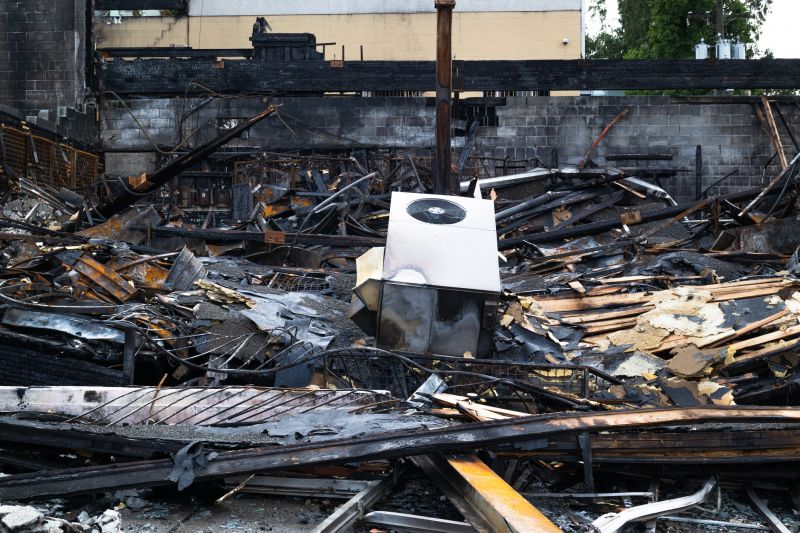
High-end options that actually feel worth it for Fire Restorations.

Finishes and colors that play nicely with Fire Restorations.

Little measurements that prevent headaches on Fire Restorations day.
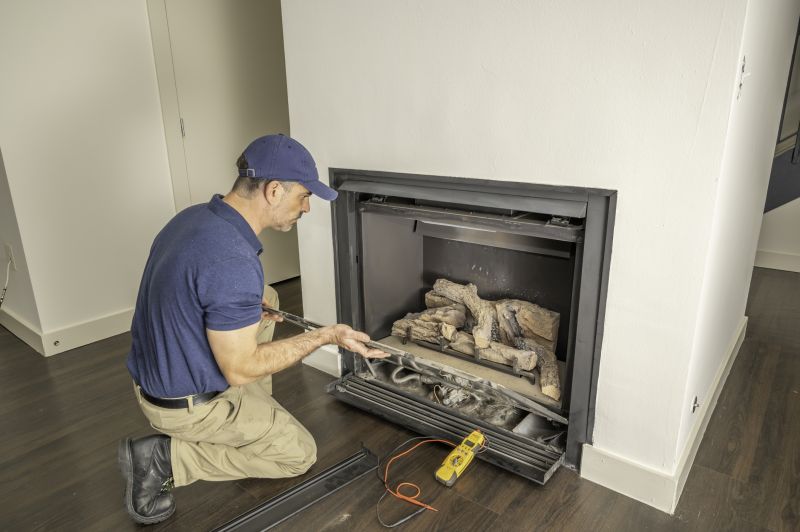
A 60-second routine that keeps Fire Restorations looking new.
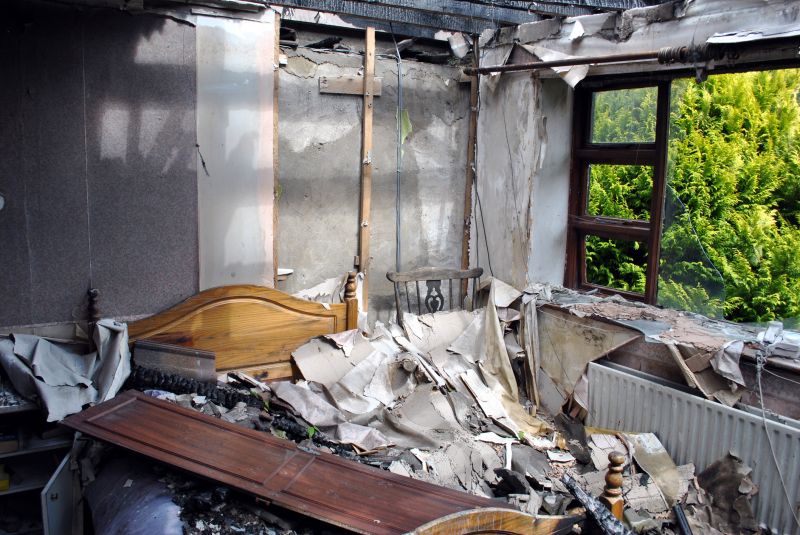
A frequent mistake in Fire Restorations and how to dodge it.

Small tweaks to make Fire Restorations safer and easier to use.
| Factor | Impact on Fire Restorations |
|---|---|
| Weather Conditions | Affects scheduling and safety protocols |
| Fire Severity | Determines scope and timing of restoration activities |
| Resource Availability | Influences project timelines and logistics |
| Community Preparedness | Impacts coordination and support efforts |
| Environmental Factors | Can delay or facilitate restoration work |
| Regulatory Compliance | Timing may be influenced by permits and inspections |
| Seasonal Accessibility | Certain periods may limit access to affected areas |
| Post-Fire Safety | Ensures safety for workers and residents |
Fire restorations involve a comprehensive process of damage assessment, debris removal, structural repairs, and environmental recovery. The timing of these activities can significantly influence their effectiveness and safety. Proper planning ensures that restoration efforts are aligned with environmental conditions, resource availability, and safety considerations.
Statistics indicate that initiating fire restorations during optimal seasons can reduce project duration by up to 20 percent and improve safety outcomes. Delays caused by adverse weather or resource shortages can extend recovery timelines and increase costs. Therefore, understanding the best time for fire restorations is essential for efficient and effective recovery.

Lower-waste or water-saving choices for Fire Restorations.

The short, realistic tool list for quality Fire Restorations.

Rough timing from prep to clean-up for Fire Restorations.
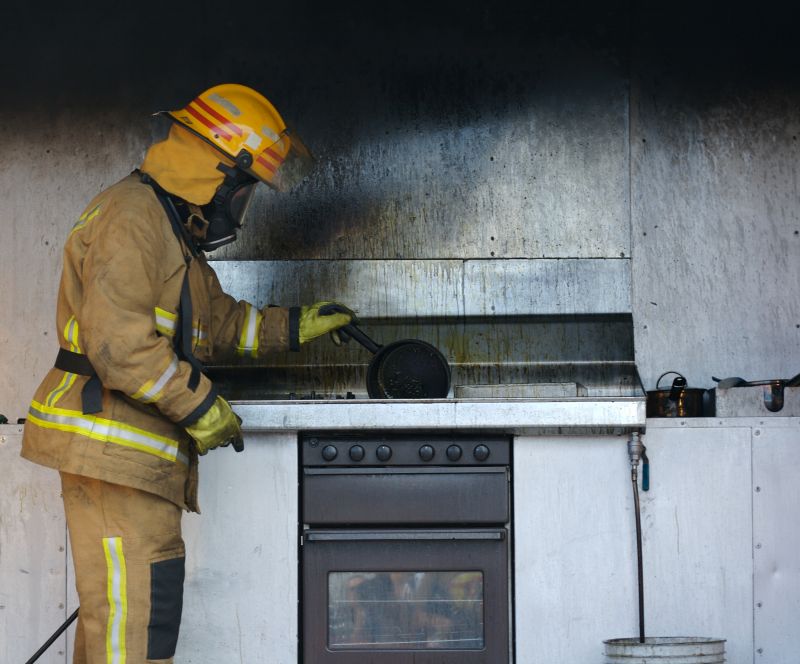
Quick checks and paperwork to keep after Fire Restorations.
Interested parties are encouraged to contact for more information on fire restoration services and planning. Proper timing and preparation can significantly impact the success of recovery efforts and the safety of all involved.

